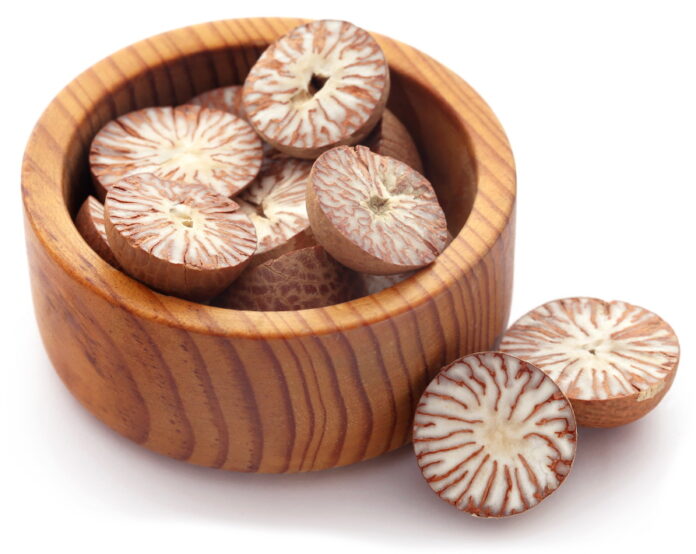Certain Chinese Herbs Require Special Attention
Herbs Are Banned or Restricted by Law Due to Safety Issue
By Namwook Cho, L.Ac.
The most important scoop of practice for acupuncturists are acupuncture and herbal medicine. Nowadays, there are many types of herbal formulas. But acupuncturists who are in active practice in the US must know that there are banned or/and restricted herbs for using.
If an acupuncturist used banned or/and restricted herbs in an herbal formula and a patient suffers from side effect from the formula, the acupuncturist could be considered violating criminal law.
From January issue of the newspaper will cover list of herbs which are banned or restricted for use.
Do you know which herbs are restricted or banned for using?
In Ma Huang Tang formula, Ma Huang(Ephedrae Herba) is restricted due to Ephedrine Alkaloids which is often used to prevent low blood pressure during spinal anesthesia. How about Bai Ji (Bletillae Rhizoma) or Wu Ling Zhi?
During herbs and herbal formula classes, lectures are based on indications. Mostly, legal issues regarding using certain herbs in the US are not usually covered.
During 2020, Acupuncture times will cover herbs which are need to be careful due to its toxicity or unfit for human consumption, and endangered species, etc.
For example, herbs contain aristolochic acid which is widely associated with kidney problems, liver and urothelial cancers.
Followings are herbs have been banned and/or restricted from importation by Food and Drug Administration, FDA due to toxicity:
-Bing Lang (檳榔, Arecae Semen): carcinogenic/addictive
-Da Fu Pi (大腹皮, Arecae Pericarpium): carcinogenic. Addictive.
-Ji Nei Jin (鷄內金, Gigeriae galli Endothelium Corneum): potential source of avian flu virus.
-Ying Su Ke (罌粟殼, Papveris Pericarpium): opium alkaloids addictive.
Unfit for human consumption
-Can Sha (蠶沙, Bombycis Faeces): excrement.
-Wu Ling Zhi (五靈脂, Trogopteri Faeces): excrement.
-Zi He Che (紫何車, Hominis Placenta): human product.
CITES (Convention on International Trade in Endangered Species of Wild Fauna and Flora) herbs that are regulated or required an export permit and/or prohibited. There are two groups in the category like Appendix I and II. Appendix I is lists species for which no commercial trade is allowed in order to protect from extinction. And Appendix II is lists the species which are threatened, but for which limited trade is allowed. An export permit is issued only if the specimen was legally obtained and if the export will not be detrimental to the survival of the species.
Bao Gu which is Panther or Leopard bone, Dai Mao which is Carapax Eretmochelydis, and Hu Gu which is Tiger bone are all belonged to Appendix I. Bai Ji (白芷, Bletillae Rhizoma), Chuan Shan Jia (穿山甲, Manitis Squama), Chen Xiang (沈香, Aquilariae Lignum resinatum) are in Appendix II.
Most of Ren Shen (人蔘, Radix et Rhizoma Ginseng) is not on CITES Appendixes but as you deal with Ren Shen from Russian Federation it is considered as endangered species






































